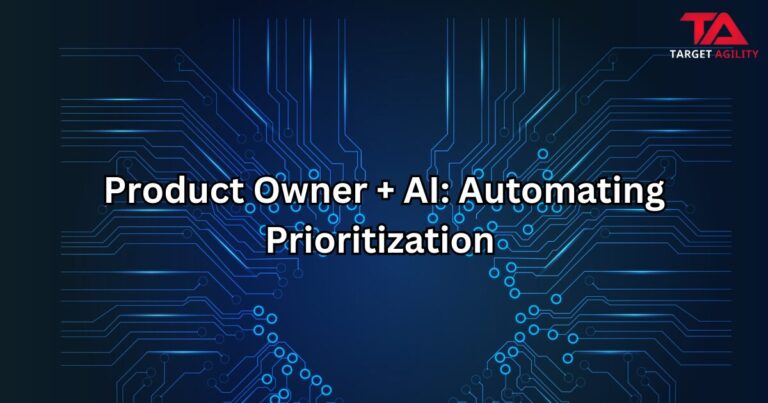In the world of project management and agile methods, Scrum is a big deal. Getting certified in Professional Scrum Master (PSM) shows you know your stuff when it comes to Scrum. But what if you want to jump straight to PSM2 without doing PSM1 first? Let’s break it down.
Scrum Certifications 101
First things first, let’s talk about Scrum certifications. PSM1 is like the starting point, testing your basic understanding of Scrum. It covers the basics like the Scrum framework, roles, events, and artifacts. PSM2 comes next, delving into more advanced concepts and how you can use Scrum in tricky situations.
PSM1: Is it a Must?
Now, the big question: do you have to do PSM1 before PSM2? Nope, it’s not a must. Scrum.org, the folks behind these certifications, don’t say you have to do PSM1 first. But, there’s a catch. Skipping PSM1 means you’re skipping the basics, and that can have consequences.
What PSM1 Gives You
PSM1 is like a launching pad. It gets you comfortable with the basics of Scrum. Skipping it means you’re jumping into the deep end without knowing how to swim.
PSM2 Without PSM1: Challenges
Here are the challenges you might face going straight to PSM2:
1. What You Don’t Know: PSM2 assumes you know the basics from PSM1. Without that, you might find it tough to understand the advanced stuff.
2. Applying the Knowledge: PSM2 isn’t just about knowing stuff; it’s about using Scrum in tricky situations. PSM1 prepares you for this. Without it, applying what you know in PSM2 could be tough.
3. It’s a Bit Tougher: PSM2 is more advanced, and without PSM1, you might find it harder to pick up on the complex parts of Scrum.
How to Make it Work
If you’re set on doing PSM2 without PSM1, here are some tips:
1. Study Hard: Learn as much as you can about Scrum from books, websites, and real-world examples.
2. Try it Out: Get involved in Scrum projects or teams. Putting what you learn into practice helps a lot.
3. Get Help: Connect with experienced Scrum folks. Having a mentor can guide you and make things a bit easier.
The Bottom Line
The choice to skip PSM1 and head straight to PSM2 is entirely up to you. Whether you go the usual PSM1-PSM2 way or take the direct route to PSM2, what matters most is understanding Scrum, using it in your work, and keeping the Scrum spirit alive. It’s not just about certifications; it’s about living and breathing Scrum every day.












